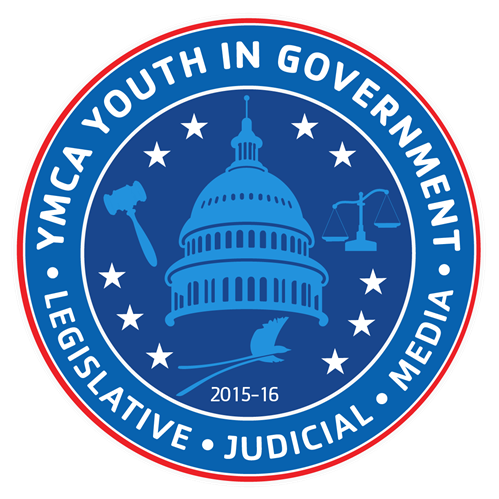Story by Noell Elfiki, Eagan; Edited by Lale Akkin, Mounds View
13,000 unaccompanied youth under the age of 25 experience homelessness in Minnesota each year. Only 15% are provided with youth-specific housing programs that provide beds.
Homelessness is often preceded by adverse childhood experiences, or ACEs, which are potentially traumatic experiences that occur during childhood. 84 percent of homeless youth have experienced at least one and 59 percent have experienced three or more. Amongst these youth: 61 percent lived with a substance abuser, 60 percent witnessed abuse as a child, 59 percent lived with a parent or guardian with mental illness, 48 percent were physically abused or mistreated, and 31 percent were sexually abused or mistreated. Many kids are also kicked out or face backlash from their families because they are LGBTQ+.
These homeless youth often do not have the resources to get a job. Barriers to employment include not being able to get an ID, way of distanced communication, postal address, hygiene, clothing, or transportation. As a result, these youth often resort to sex work for basic needs such as food, shelter, clothing, and money. The average age of entry into prostitution is 12 to 14 years old. In Minnesota, 53% of people who enter trafficking are 0 to 23 years old.
Youth homelessness significantly increases the risk of trafficking. Additional contributing factors include chemical dependency, mental health disorders, and behavioral disorders. 64 percent of youth experiencing homelessness reported having serious mental illness. Common disorders include depression, anxiety, and post traumatic stress disorder (PTSD). Many homeless youth also experience racial or ethnic marginalization. Nearly three quarters (73 percent) of these youth identify as Black Indigenous People of Color (BIPOC) compared to just 26 percent of all Minnesota youth. Alongside this, 23% of these youth identify LGBTQ+ compared to the four percent of all Minnesota youth.
Around the country, there are different strategies to address homelessness. In Minnesota, there is the Runaway and Homeless Youth Act and the Safe Harbor Initiative. These are intended to provide services and intervention for homeless youth and give assistance in obtaining temporary shelter or transitional living, education, employment assistance, food, clothing, medical care, and mental health counseling. A good resource to get a mailing address is ipostal1, which is only $10 each month.
There are also some agencies for people who are homeless or at risk of homelessness. An agency that has resources for shelters and transitional housing are The Bridge for Youth, and their contact number is 612-377-8800. Another agency is Youthlink. Youthlink is for people ages 16-24 who are homeless or at risk of homelessness. There is a drop-in center that has assistance with job search and employment, getting an ID and other necessary documents, access to case managers and youth advocates, access to a health clinic, and help to find shelters and housing. The Youthlink drop-in center is located at 41 North 12th Street, Minneapolis, 55403. Another organization is Day One Services, helping with finding shelter for people who are homeless and experiencing domestic violence, trafficking, and sexual violence. The crisis line for Day One is 1-866-223-1111. Another hotline is the Hennepin County shelter hotline: 612-204-8200. The nationwide hotline for information, referral services, and help with finding shelters and food banks is 211.
Although shelters are an option, 51 percent of the homeless population prefer to live on the streets. This is because of service gaps for people with mental illnesses, disabilities, the LGBTQ+, and other marginalized groups. Shelters can also have poor hygiene, violence, and severe bed shortages. Some people also dislike transitional housing because at night it often becomes a place with no rule enforcement with drug use and prostitution, even with cameras in the building.
If living on the street is where someone ends up, then there are ways to make it safer. Staying at libraries, 24-hour businesses, or churches might be a good idea. It is also much safer to stay with a group of trusted individuals than being alone. On a larger scale, the government and collective society can prioritize creating safe spaces, expanding shelters, and offering accessible resources to ensure the well-being of those experiencing homelessness. By working together, the community can create a safer environment and ensure that no one feels alone in their time of need.
